A manifesto is defined as a declaration of set policies and purposes of a particular movement – a rule book if you will. The Agile Manifesto is a response to software development product delivery and is combined of four values and twelve principles. From humble beginnings as a swift and adaptable working model to software development, the Agile Manifesto is universally agreed to dictate a straightforward, more productive approach to product delivery, now, within a variety of industries.
With an understanding of its history and its purpose, it is possible to examine why Agile is relevant in the modern workplace, specifically, while the world is encouraged to work from home during the COVID-19 pandemic.
What Is The Agile Methodology?
The Agile Manifesto was born from frustration caused by a misalignment between a client software order (to overcome a particular business need) and the amount of time to deliver the technology. During the time lag, client business requirements evolved, meaning the final product, based upon the original blueprint, was automatically outdated.
Many projects were canceled. Traditional software development led by the Waterfall model (whereby communication between client and developer was limited) didn’t take advantage of the pace of technological advancement, nor did it achieve the call for speed – it simply didn’t work efficiently enough. In 2000, a group of tech pioneers conceived the set of values and principles that would become The Agile Manifesto procedure for software development. In a nutshell, the Agile Methodology prioritizes speed, innovation, and elevated customer focus in the workplace.
How Does The Agile Manifesto Fit In The Modern Workplace?
Agile remains a crucial component in work methodologies. In the context of 2021, it provides an easy-to-manage platform on which to develop and deliver effective work strategies. However, The Agile Manifesto now encompasses far more than software development. Organizations that maintain the priorities of Agile incorporate the functions throughout the business.
Along with many other realizations, COVID-19 has demonstrated that we can never be fully prepared for a sudden slap in the face. More than ever, the Agile approach is called upon to fulfill service and product demand. After all, its principles are based on quick shifts, reactivity, proactivity, and adaptability; the clue is literally in the name.
The Agile Mindset And The Influence Of COVID-19
The spontaneous shifts and movements of the industrial landscape demand reactivity from organizations – COVID-19 has pushed all working systems to the limits. While those who are able to are encouraged to work from home, Agile provides the backbones for team collaboration and project success; this is particularly beneficial for aiding the obstacle of physical distance. The methodology, to break a working timeline into manageable bitesize pieces, makes it easier for an organization to achieve current expectations of a project at each leg of the journey. With a dissected work journey, Agile provides a gap for team members to provide an immediate and real-time response to such changes, as a result, ensuring the ultimate product is based upon in-the-moment necessities.
Though COVID-19 has disrupted our familiar working system, Agile provides us with a few tricks up our sleeve. Part of the Agile Manifesto is to award power to the individual. Decisions can be made without managerial consent, and this preserves a steady momentum throughout a workflow. While team members are restricted to certain working locations, members are able to implement decisions without drawing out the confirmation process.
Keeping Business Buoyant
The ‘new normal’ molded by the pandemic means that businesses, clients, and individuals alike have been put to the test. Social norms are altered for the foreseeable, meanwhile, working systems have required urgent reformation.
Nevertheless, The Agile Manifesto presents a space for industries to grip on to a sense of stability, despite any temporary downturns. Agile is reuniting us with its technological roots. Through videoconferences, instant messaging, and the plethora of digital tools at our fingertips, organizations have the opportunity to adapt and survive by means of the Agile working model – let’s take advantage.

